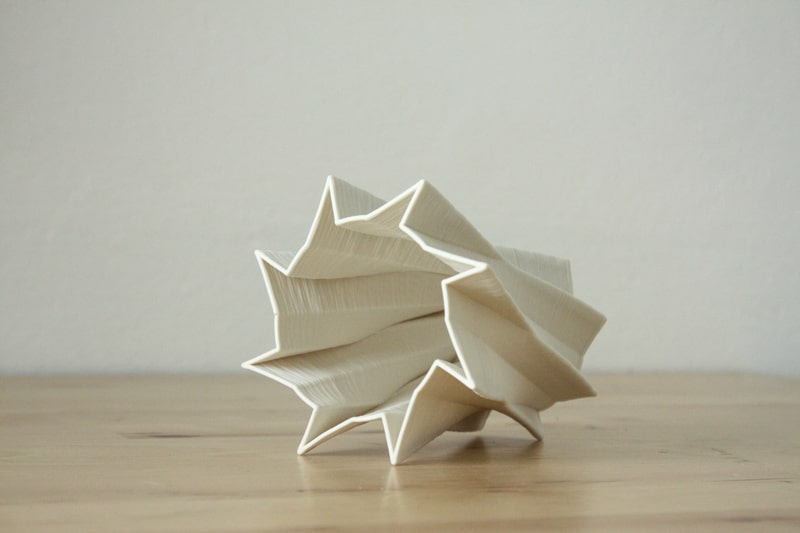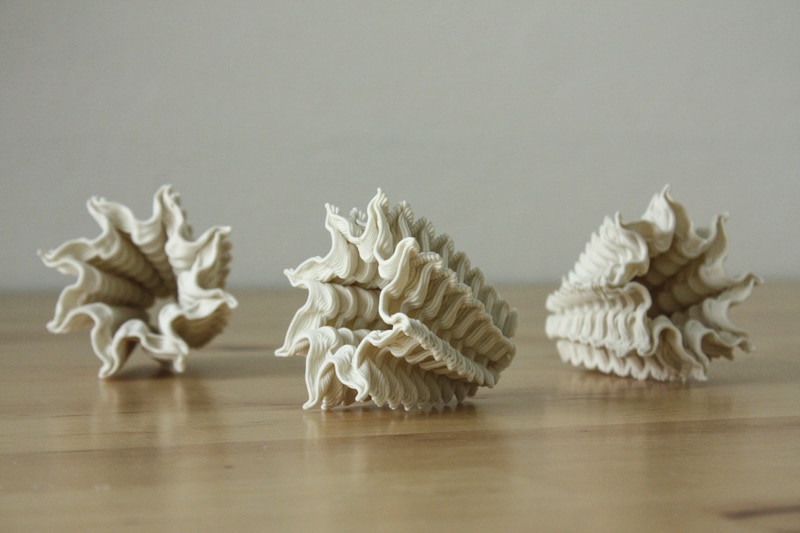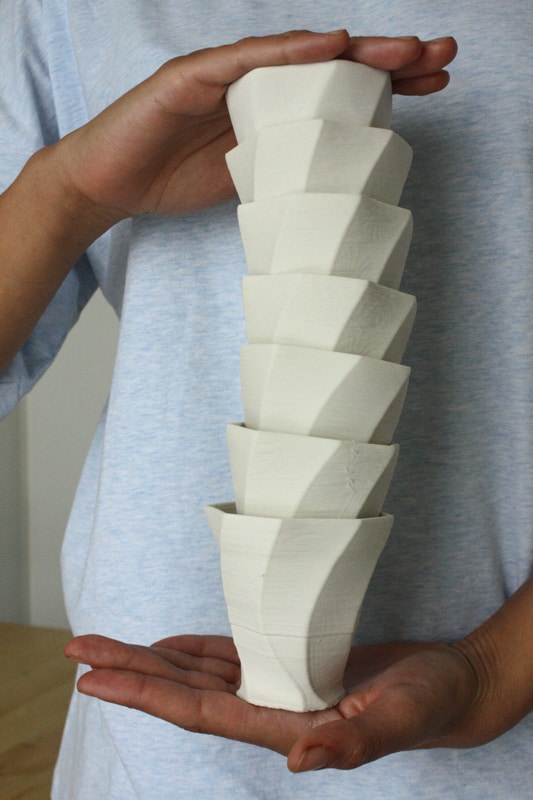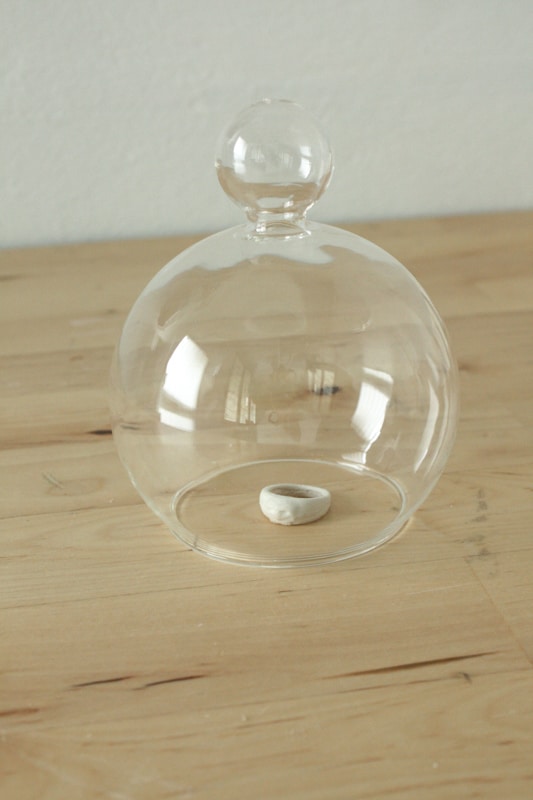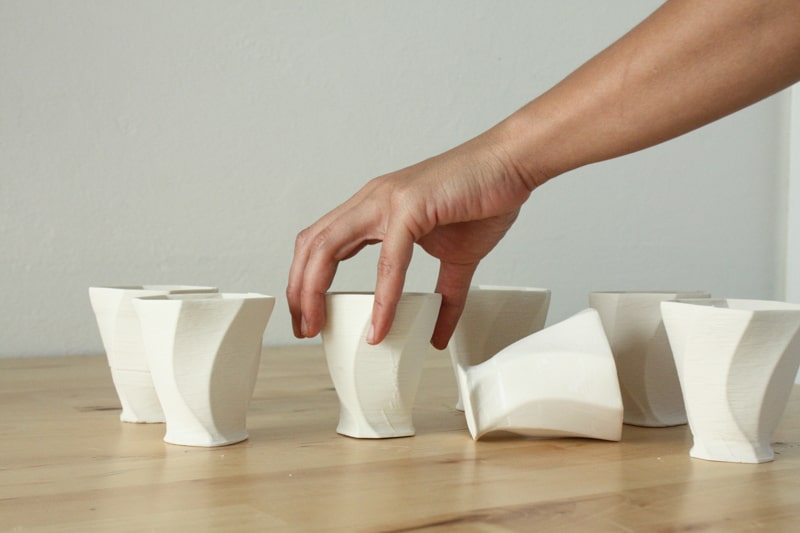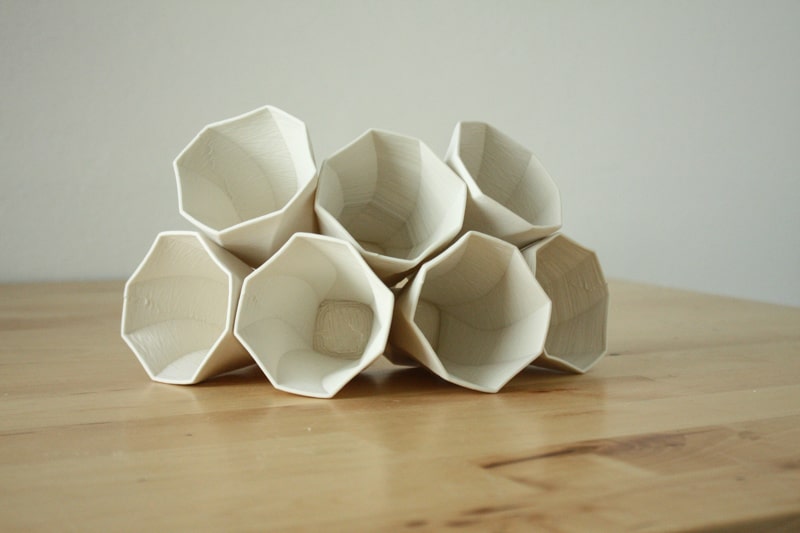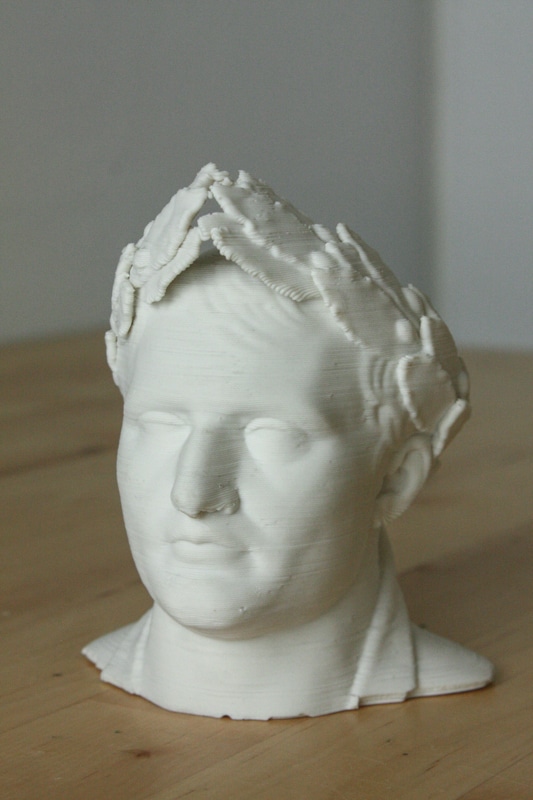What is Liquid Deposition Modeling?
Liquid Deposition Modeling (LDM) is the name of the technology that Italian delta 3D printer manufacturer WASP uses for its extruder for ceramic materials, which can be adapted to most 3D printers on the market today. WASP’s work has always been focused on the development of systems that allow the use of functional, end-use materials like ceramics, porcelain, clay, alumina, zirconium and other advanced ceramics, in order to promote digital handicraft and self-production.
| Advantages | Disadvantages |
|---|---|
|
|
|
|
|
|

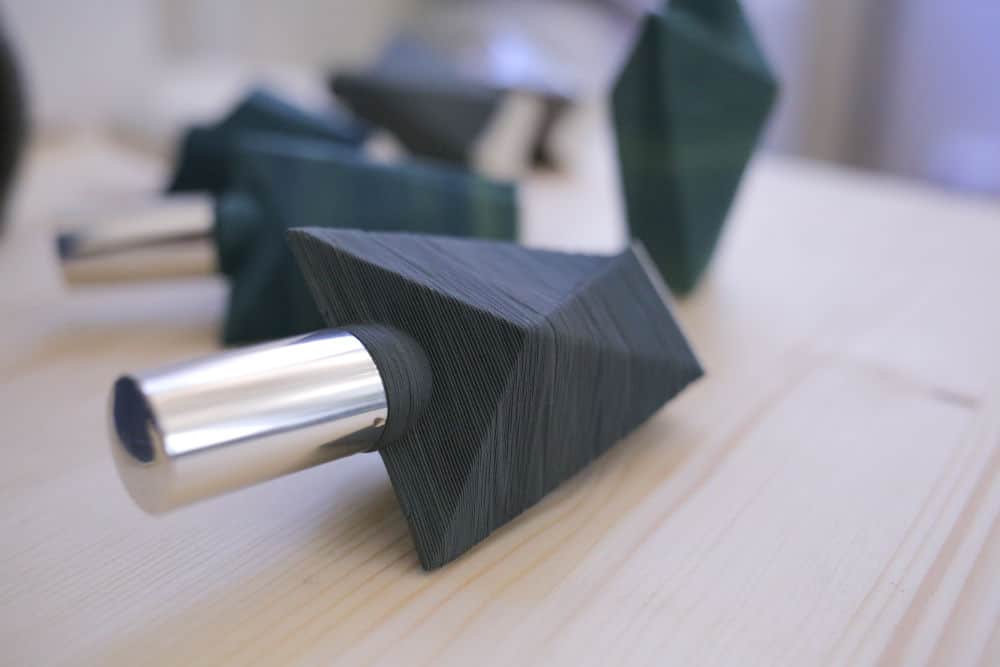
How does LDM work?
The LDM Wasp Extruder is based on a pneumatic system in which a pump sends the paste ceramic materials through to the deposition arm. It can reach a level of precision which is very close to that of plastic polymers extruders thanks to the combination of a screw extruder and a pressure extruder. With this technology, it is possible to accurately control the flow of material and also use retraction to interrupt deposition. Innovations also include a system that eliminates air bubbles in the mixture and an outward pressure multiplier up to 40 bar in the screw extruder.
Available LDM 3D printers
WASP’s work has always been focused on the development of systems that allow the use of functional materials like ceramics, porcelain, clay, alumine, zirconium, and advanced ceramics, in order to promote digital handicraft and self-production. By launching this new product the group aims to promote the print of fluid-dense materials and advanced ceramics in the world.
The LDM set was created to be installed on WASP printers, such as the top-selling DeltaWASP 2040 or the large size DeltaWASP 4060. It can be adapted to most of the existing machines and it is very easy to install. Users just need to 3D print the supporting cover (source files are provided by WASP) and link the extruder to the wiring, setting the “number of steps per millimeter” to 400.
| Model | DeltaWASP 2040/4060 |
| Manufacturer | WASP |
| Price | $3000-15,000 |
| Technology | LDM (pneumatic extrusion) |
| Materials | Clay, porcelain, alumina, zirconia |
| Effective Build Volume | 20 ø x 40 cm up to 4o ø x 60 cm |
| Layer Thickness | 200 μm |
Innovations:
- Bubble eliminating extruder, it eliminates air bubbles in the mixture
- Extrusion controlling system with retraction option
- Outward pressure multiplier until 40 bar in the screw extruder
![]()
The new WASP clay kit 2.0 includes a 3 kg tank, which can be substituted with a 15 kg one, on demand. The preceding needle experimental models did not allow middle size printing because of the limited amount of mixture they could contain. The tank can be refilled or cleaned simply by opening the caps located at the extremes. Inside, there is a piston with two 4 bar gaskets which pushes the material through the teflon pipe (diameter 12mm) which supplies the extruder. The cap located on the back has a safety valve set at 8 bar.
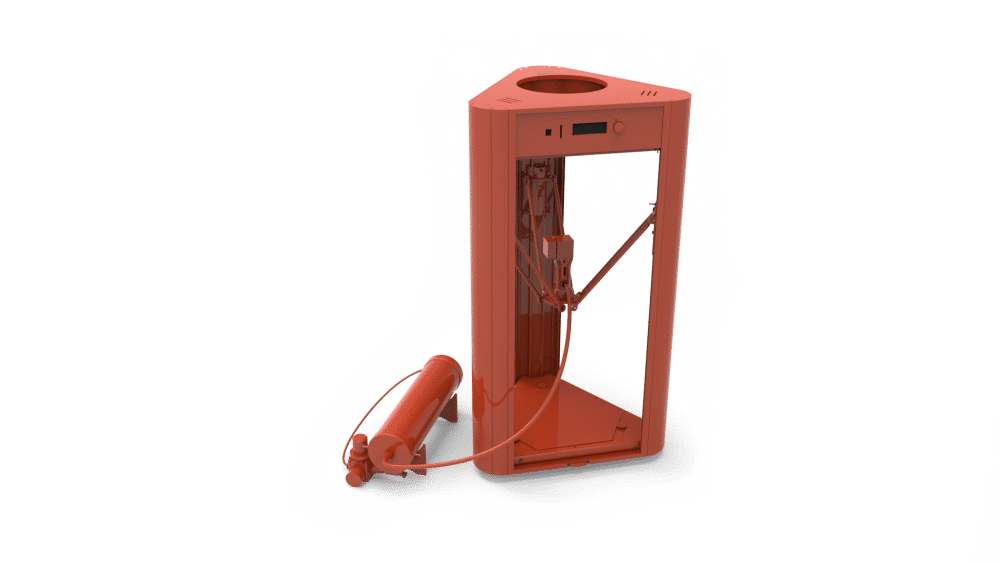
On the stand of the tank, there is a pressure regulator and a return preventing valve. Inside the chamber, the material is funneled toward a screw which pushes it out producing a pressure of 40 bar without damaging the system. It would be impossible to reach such a pressure level with a common pressure extruder. This technology allows the air to outflow upward, eliminating the probability of finding bubbles inside the mixture. Like for a common pressure extruder, if there were bubbles the flow would be interrupted and the print would be damaged.
Furthermore, thanks to the screw, the density of the printing materials is higher. This allows reducing the time for their change of state, from liquid to solid, thus eliminating the risk of collapse of the printed object. In case the screw or the chamber were damaged they can be easily substituted.
